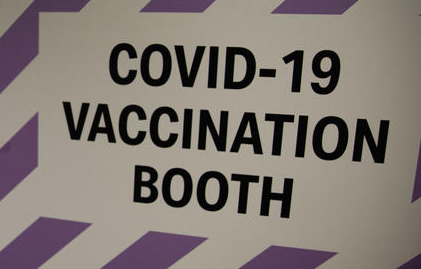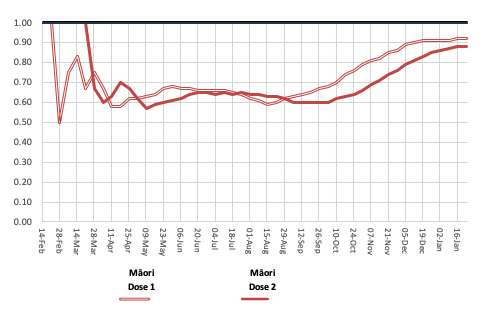With 93% of the population double-vaccinated, New Zealand is a vaccination success story. So what can we as risk managers learn about risk communication from this example?

Most risk managers lean towards facts and figures from credible official sources as the way of assimilating and evaluating information. The problems come when we try to explain ourselves to a general audience. Usually we resort to that same factual approach that we find compelling. For some listeners this style of risk communication can come across as arrogant and dismissive of other forms of information. We’re seen as part of the “system”. That turns some people off.
Some people rely more heavily on recommendations from trusted friends or family members in their social network. Messages from friends and family can and often do cut across official messaging.
A vulnerable health system
New Zealand has only 4 ICU beds per 100,000 population, one of the the lowest per capita rates amongst OECD countries. This compares to Australia at 9, France at 16 and Germany at 34. https://journal.nzma.org.nz/journal-articles/new-zealands-staffed-icu-bed-capacity-and-covid-19-surge-capacity
The very low level of ICU capacity leaves the NZ health system vulnerable to surges in ICU demand. It’s difficult for the government to ramp up ICU capability in a short time as both facilities and trained staff are needed. So vaccination had to be the main defence against Covid.
As 2021 progressed it was clear that vaccination rates amongst Māori were consistently lower than other groups and weren’t catching up.

Some Māori commentators saw the vaccine delivery rollout as “very white”. There was truth in that accusation. The main government vaccine rollout was essentially a technocratic approach to rationing a scarce commodity. Getting vaccinated required and ability to navigate the rules of the system and the means and work flexibility to get your dose where and when the system allocated you. That worked OK for some segments of the population but didn’t for others, who were missing out.
Changing the risk communication style
In the last quarter of 2021 the New Zealand government pivoted part of the COVID vaccination response to engage far more through Māori health agencies and iwi. This provided an opportunity to not only change the means of delivery but also to change the communication styles. Māori vaccination rates have steadily climbed since and have closed much of the gap.
One of the things that Māori health providers have emphasised is taking a different communication approach that resonates better with their members.
These different approaches resonate with others too. It is notable that Maori health providers have vaccinated more non-Māori than Māori – after the main campaign had largely run its course.
It is hard to be definitive about that made the difference, as many changes that took place around the same time. However I think that changing the communication channels and messaging played a major role in the success. My key takeaway is that risk managers need to use a wider range of methods of risk communication when it’s important to persuade a wider audience. In some cases we need to let others do it for us. That means allowing them the freedom to communicate and to deliver in ways that are effective with their communities.
About the Author – Kevin Oldham
Kevin Oldham is a director of Navigatus with a depth of experience in helping clients to achieve success in an uncertain context. A brief profile for Kevin can be found here.

Comments
No comments yet.